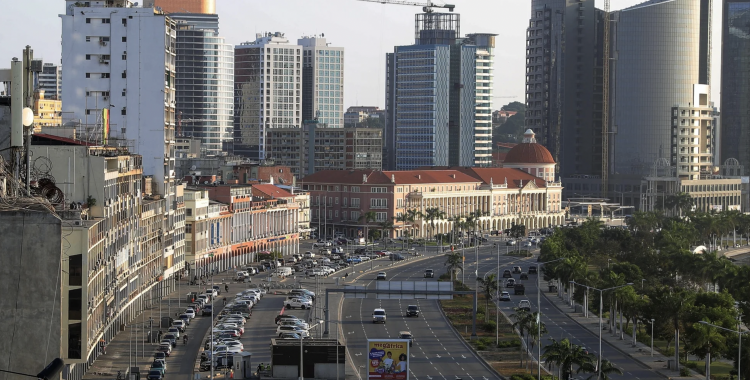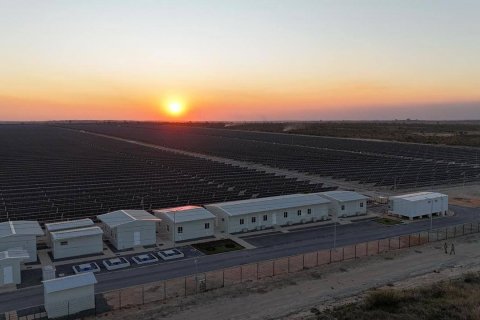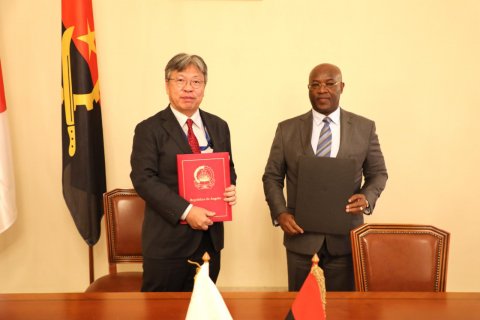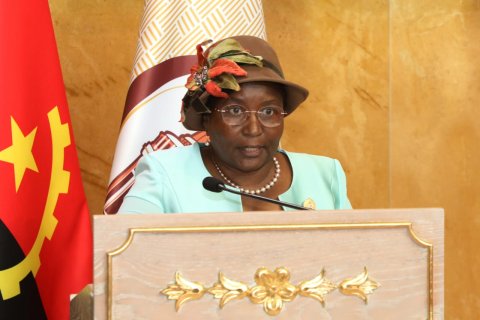"The large use of dollars and the lack of external currency supply, with the Government giving priority to external debt payments, will prevent a more substantial improvement in general economic conditions", write the analysts in the note sent to investors on Friday night, in which they announced the maintenance of their opinion on the credibility of sovereign credit at B-, below the investment recommendation.
"Debt service costs are expected to have reached a peak in 2023, but external and budgetary vulnerabilities remain high and susceptible to the dynamics of the exchange rate and oil sectors", they add, highlighting the "high dependence" on oil, which will have stable prices and production between 1 and 1.1 million barrels per day by 2027.
The prospect of stable developments balances the large external financing needs and financing risks over the next 12 months, with positive oil prices and relatively stable reserves, explain S&P analysts, noting that the credibility of sovereign credit and economic stability they are "highly dependent" on a positive environment in the sector and on production that remains above 1 million barrels per day.
Reforms to reduce oil dependence "have made slow progress", with the Government taking "significant policy steps in recent years to reduce economic imbalances, manage upcoming debt payments and improve non-oil domestic production, but successive external shocks and merely marginal improvements in non-oil production capacity have prevented significant diversification," says S&P.
Until 2027, they warn, the supply of foreign currency will remain limited due to high debt payments and the small increase in oil production, which will limit the Government's ability to support the economy, affected by successive shocks, high inflation and even recover from the effects of the recession between 2016 and 2020.
The macroeconomic scenario predicted for Angola by S&P points to an average GDP growth of 1.4 percent per year until 2027 in a context in which debt payments exceed 10.1 billion dollars (9.3 billion euros) this year and 9.9 billion dollars (9.1 billion euros) in 2025, with commercial debt payments in foreign currency (Eurobonds) representing 8 percent of external debt payments this year and 16,6 percent in 2025, but still slowing down from 2023 levels.
Inflation rose by an average of 22.5 percent between 2016 and 2023 and is expected to rise by 17 percent in 2024 and 2025, falling to single digits in 2016, with the budget deficit representing 1.4 percent of GDP between this year and 2027, which compares with the Government's forecast of surpluses close to 1 percent of GDP.







